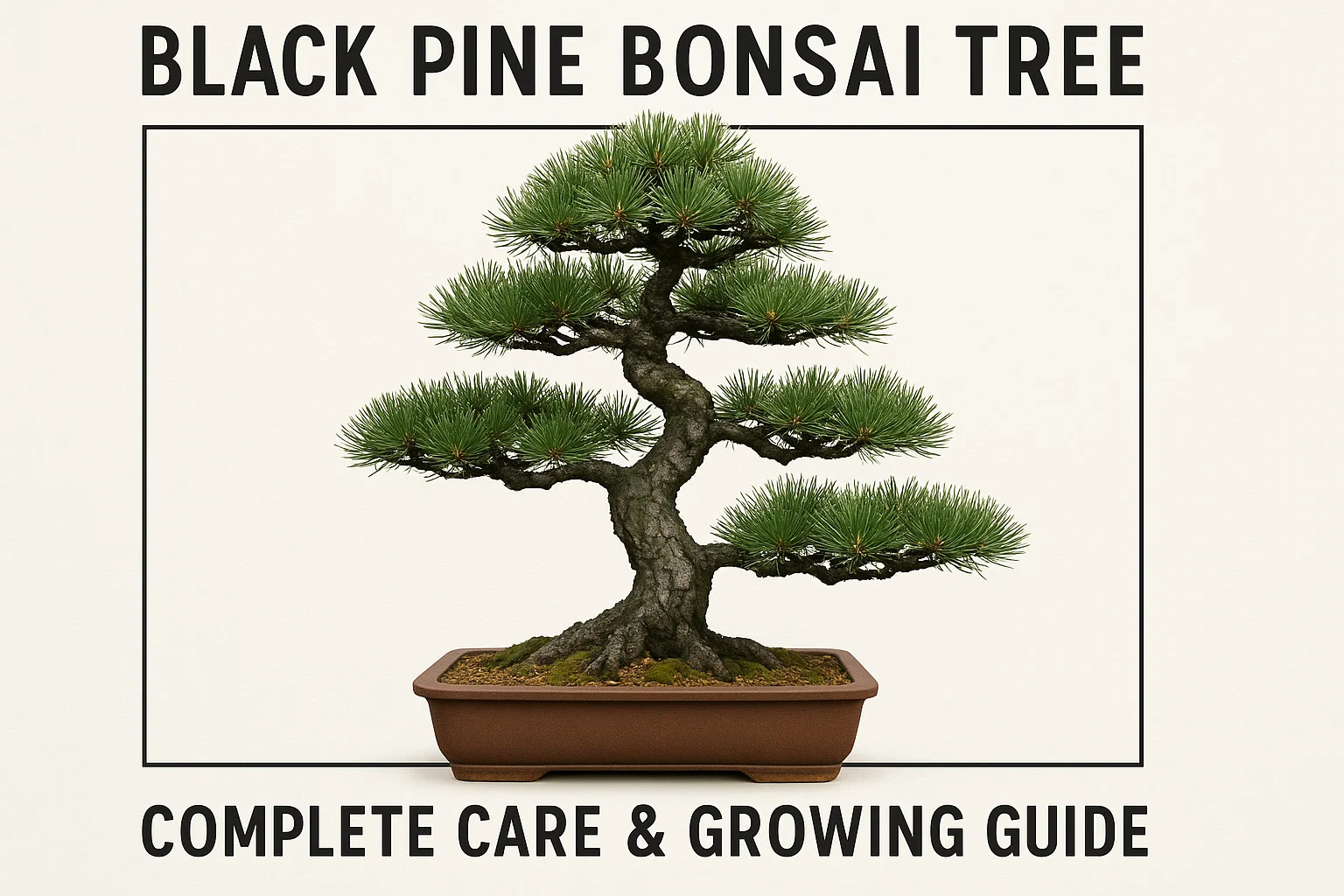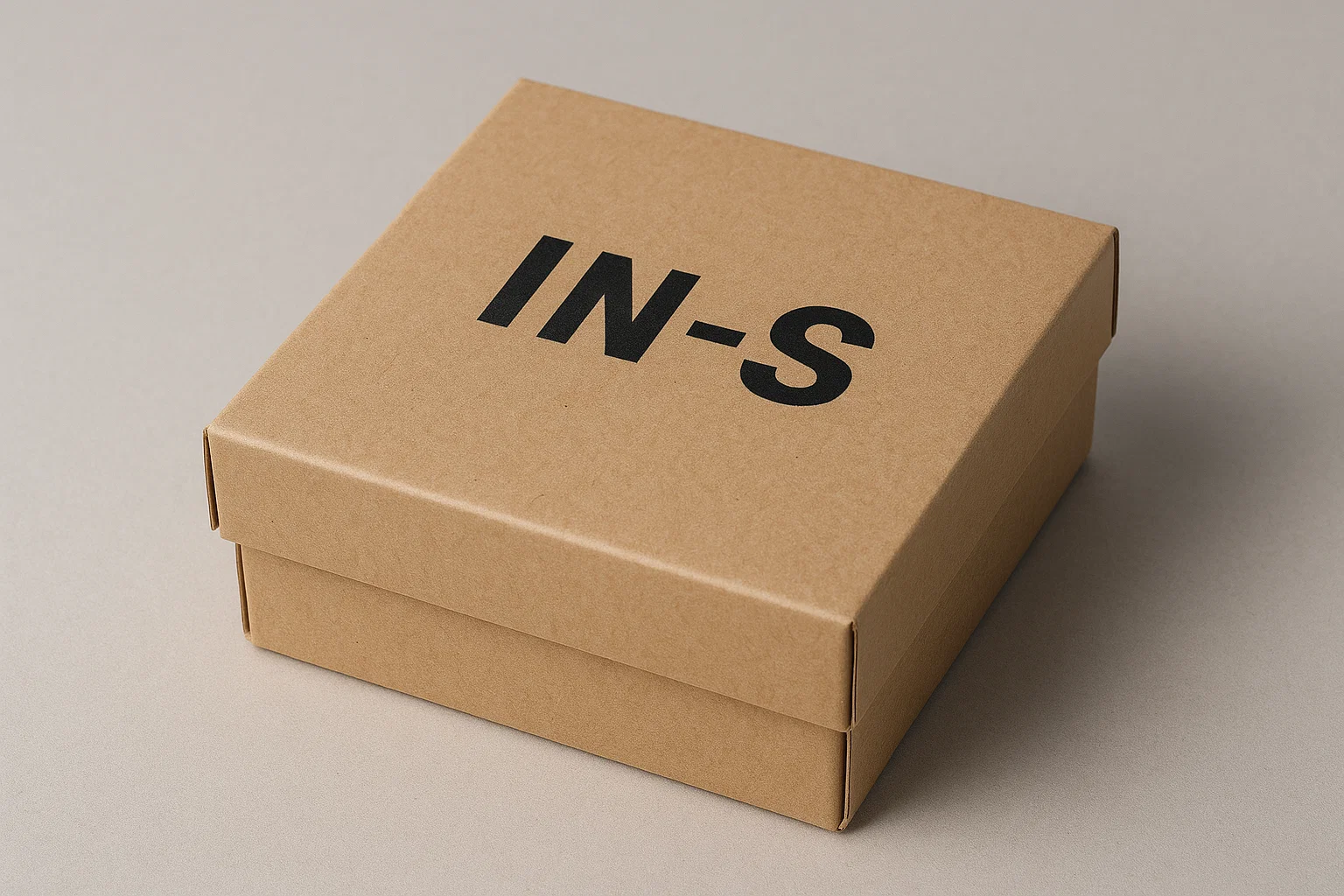The black pine bonsai tree is an extraordinary plant that combines the elegance of nature with the artistry of bonsai cultivation. Whether you’re a seasoned bonsai enthusiast or just starting, learning how to care for and grow a black pine bonsai tree is a rewarding journey. These beautiful trees are renowned for their striking appearance, resilience, and ability to thrive with proper care. In this comprehensive guide, we will walk you through everything you need to know, from the essentials of growing and pruning to finding the best black pine bonsai tree for sale and understanding the nuances of Japanese black pine bonsai tree care.
Read more Inside Capella by the Sea: Luxury, Views, and Peace
Why Choose the Blacks Pine Bonsai Tree?
The black pine bonsai tree has been a cherished symbol of endurance and beauty in Japanese culture for centuries. But what makes this species so unique? The Japanese blacks pine bonsai tree is admired for its strong, dark bark, long needles, and rugged appearance, making it an excellent choice for bonsai lovers. Its resilience and ability to adapt to different growing environments make it a favorite among beginners and experts alike. But choosing a black pine bonsai tree means more than just bringing a plant into your home; it’s about nurturing life, cultivating patience, and expressing creativity.
The journey of growing and maintaining a black pine bonsai tree is a rewarding challenge. But don’t worry – we’ll cover all the essential steps to make your black pine thrive.
How to Care for Your Black Pine Bonsai Tree
Taking care of a Japanese black pine bonsai tree requires understanding its unique needs and providing the right environment. Below is a table to help you understand the basic care requirements:
| Care Factor | Requirement |
|---|---|
| Light | Full sun (at least 6 hours/day) |
| Watering | Keep soil slightly moist, not soggy |
| Temperature | 50°F to 75°F (10°C to 24°C) |
| Humidity | Moderate humidity (not too dry) |
| Fertilizing | Feed with slow-release fertilizer in spring and summer |
| Pruning | Prune regularly to maintain shape and encourage healthy growth |
| Repotting | Every 2-3 years, depending on the size and growth |
Light and Location for Your Black Pine Bonsai Tree
The Japanese black pine bonsai tree thrives in full sunlight, which is crucial for its health and growth. Ideally, you should place your tree in a spot where it receives at least 6 hours of direct sunlight daily. If you’re growing it indoors, ensure it’s near a bright window or provide supplementary lighting. Outdoor cultivation in a temperate climate is also ideal, as it allows the tree to benefit from natural seasonal changes.
However, don’t let your bonsai sit in intense midday sun for too long – while it loves sunlight, excessive heat can lead to sunburn. It’s essential to find the right balance to keep your black pine bonsai tree thriving.
Watering and Humidity Needs
Proper watering is vital to the health of your black pine bonsai tree. These trees don’t like to be waterlogged, so it’s essential to keep the soil slightly moist but never soggy. Make sure the water drains well, and avoid watering directly on the foliage, as it can lead to fungal infections.
Humidity plays an important role in your tree’s growth, too. Bonsai trees, including the Japanese black pine bonsai tree, prefer moderate humidity levels. If the air in your home is dry, consider using a humidity tray or misting the foliage occasionally to ensure the tree doesn’t dry out. A more humid environment will encourage robust growth.
Pruning and Shaping Your Black Pine Bonsai Tree
Pruning and shaping are where the artistry of bonsai cultivation really shines. When cultivating a Japanese black pine bonsai tree, regular pruning is essential to maintain its desired shape and size. You’ll want to trim both the new shoots and old branches to encourage the tree to grow compactly. Pruning not only helps the tree look better, but it also ensures that it receives proper airflow and sunlight to thrive.
Here’s a quick breakdown of essential pruning tips:
| Pruning Tip | Explanation |
|---|---|
| Pinching new growth | Pinch new shoots to keep the tree’s growth compact |
| Cutting back old branches | Remove dead or overgrown branches to maintain shape |
| Cutting back needles | Trim long needles to encourage healthy growth |
| Wiring | Use wire to gently guide branches into position |
The Art of Wiring Your Black Pine Bonsai Tree
Wiring is another technique commonly used in Japanese black pine bonsai tree care to help shape the tree into a particular style. This method involves wrapping soft wire around the branches and gently bending them into the desired position. However, it’s essential to monitor the wiring closely to ensure it doesn’t damage the bark or restrict growth.
Finding the Best Black Pine Bonsai Tree for Sale
Now that you know how to care for your tree, you might be wondering where to purchase a black pine bonsai trees. There are several places to find a Japanese black pine bonsai tree for sale – from local nurseries to specialized online stores.
For those seeking something more specific, such as a Japanese black pine bonsai tree kit, many online retailers offer pre-packaged kits that include everything you need to start your bonsai journey. These kits typically include a young tree, pot, soil, and instructional materials to help you get started with Japanese black pine bonsai tree care.
If you’re looking for a specific cultivar or size, searching for a Japanese black pine bonsai tree DT1511JBP can help you find one that meets your needs. These trees are typically more mature, allowing you to enjoy the beauty of an established bonsai without waiting for years of growth.
Conclusion
A black pine bonsai tree is a true masterpiece in the world of bonsai. Whether you’re growing it as a hobby or as a decorative feature in your home or garden, this tree offers a combination of beauty and symbolism that’s hard to match. With the right care, attention to detail, and a little patience, you can enjoy the elegance of a Japanese black pine bonsai tree for years to come.
To summarize, remember these key takeaways for successful Japanese black pine bonsai tree care:
- Place your bonsai in a location with plenty of sunlight and ensure proper watering and humidity.
- Prune and shape the tree regularly to maintain its compact, artistic form.
- Find the right black pine bonsai trees for sale that suits your needs, whether it’s a young tree or a more mature specimen.
By following these guidelines and embracing the art of bonsai, your black pine bonsai trees will flourish and become a stunning centerpiece in your collection.
Custom Message: If you’re interested in starting your bonsai journey, consider exploring the black pine bonsai trees options available, from purchasing a Japanese black pine bonsai tree for sale to a Japanese black pine bonsai tree kit that’s perfect for beginners. Careful attention will ensure you enjoy the timeless beauty of this magnificent tree for years to come.










